
Review on 🔥 EnGenius Technologies EAP1250: Powerful Indoor Wireless Access Point with Repeater, Mesh Modes, and Gigabit Port – MU-MIMO, High Power 23dBm (Mounting Kit Included) by Roshan Schram

Setting up the browser is tedious; slower than connecting to a router
I bought this to put in a room at the other end of the house from the router where I have poor Wi-Fi reception. The first difficulty was that the device arrived with an IP address of 192.168.1.1 that matched my router. It would be better if it was in DHCP mode. As a result, I had to disconnect my computer from the router, connect it to my computer, manually configure my computer's network card to use the address ta192.168.1.xx so that it's on the same subnet as the access point, since my computer is now by default set to 169.xxx when not connected to my router. Only then could I configure the access point to have an unused IP address on my network so that I could connect to it. As soon as I was able to connect to the device, the browser UI became very slow. Loading some pages and especially saving changes was tedious at best. Just saving the settings page takes 20-30 seconds. If the changes required a router reboot, it took a few minutes to return to the additional configuration page. That was probably the most annoying part. Aside from the slow update lags, the UI had many optimizations that are great for power users but were overly complex. Unless you are a network engineer, you will probably find that this access point cannot be properly configured. Over the years I've set up multiple routers and access points including guest networks, both Wi-Fi bands, NAS drives. Therefore, in general, it is convenient for me to configure such devices. But this one seemed overly complicated, especially considering how the UI worked; Opening additional tabs when clicking a button to change certain settings, which was confusing and different from any browser-based UI I've worked with for the device. At one point, it allowed me to set the SSID for one of the networks I was creating, but then I had to press a button to set additional options for that network. A new tab opened and one of the fields was the SSID which was not inherited from the previous tab. So I wasn't sure if saving my changes with the default SSID shown on the new tab would overwrite the change I made on the other tab. It was too cumbersome and confusing compared to all other configuration UIs I've used before. Eventually I set it up and my laptop next to it became noticeably slower when connected to that hotspot than when it was connected. to the router through the house. Tried changing some settings, didn't help. I recently set up another vendor's hotspot which took about 10 minutes to fully set up as it was intuitive and started working as expected and showing significant improvements. Based on this experience, I decided that this device shouldn't be that complicated and ended up returning it.
- hands-free
- share availability
New products
Comments (0)
Top products in 📶 Wireless Access Points
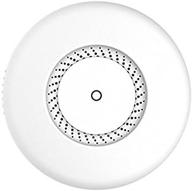
MikroTik RBcAPGi-5acD2nD-US: High-performance Dual-Band 802.11ac Access Point

35 Review

Wi-Fi signal amplifier (repeater) TP-LINK TL-WA860RE, white

21 Review
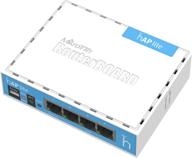
MikroTik RB941-2nD RouterBoard hAP Lite: Affordable 2.4GHz Home Access Point

71 Review
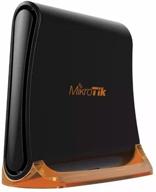
📶 High-Performance MikroTik hAP Mini RB931-2nD: Small 2GHz Wireless Access Point, 3x 10/100 Ethernet Ports, 650MHz CPU & RouterOS

24 Review
Another interesting products
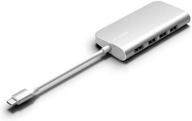
🔌 Juiced Systems Silver BizHUB USB-C Multiport Gigabit HDMI Hub with 3 USB 3.0 Ports, Gigabit Ethernet, 4K HDMI, SD/Micro SD, and USB-C Power Delivery

11 Review
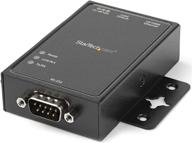
🌐 StarTech.com NETRS2321P: 1-Port RS232 to Ethernet IP Converter, Serial over IP Device Server - Black

5 Review
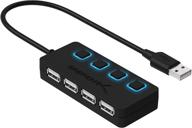
HB-UMLS Sabrent USB 2.0 Hub with 4 Ports and LED Power Switches for Each Port

12 Review
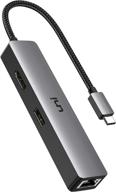
🔌 uni USB C Hub with Ethernet Adapter, 4K HDMI, Gigabit Ethernet, and 3 USB 3.0 Ports for MacBook Pro, iPad Pro, XPS

11 Review

